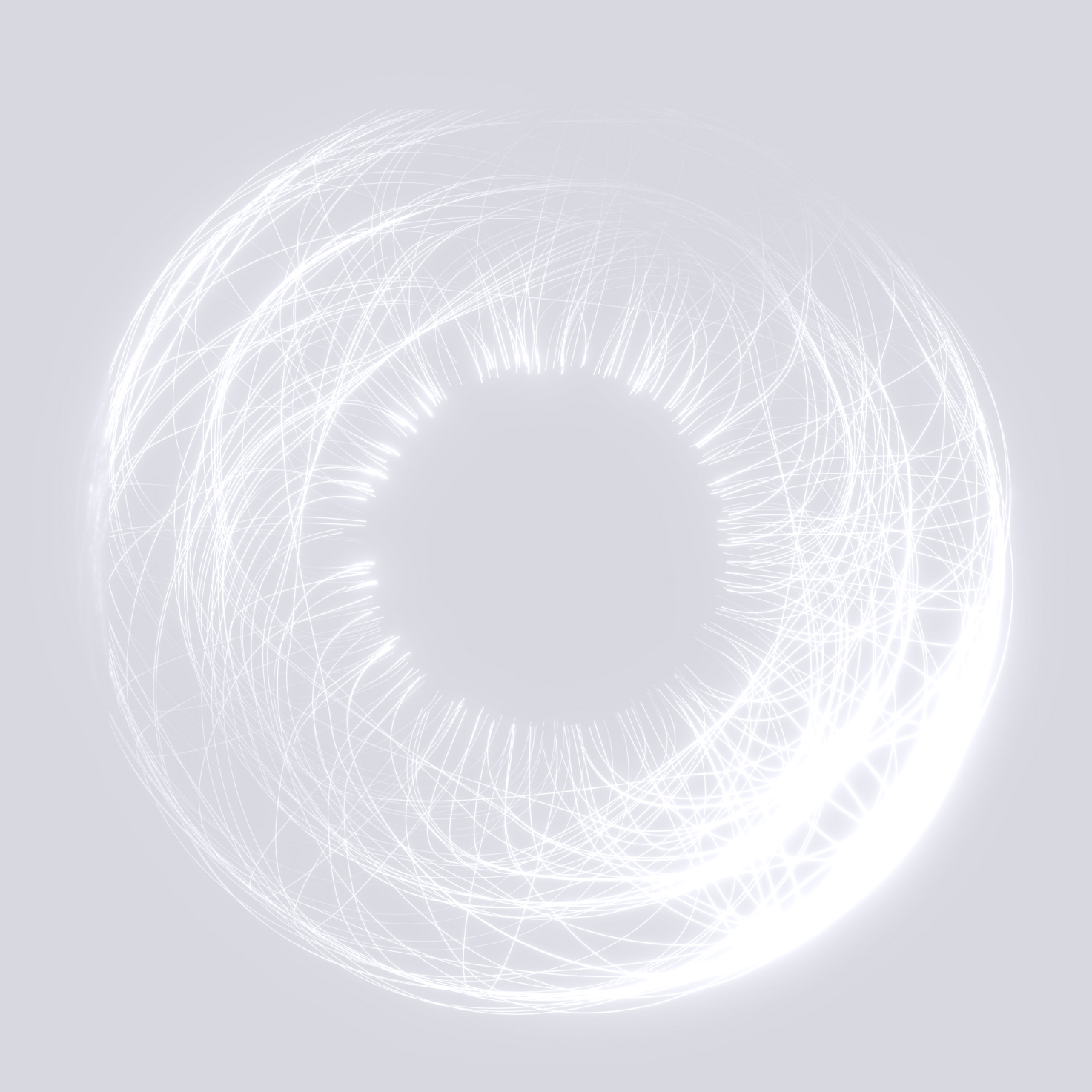Seeing Satellites in Daylight
How SWIR Extends SDA Coverage
The growing congestion of Earth’s orbits presents a profound challenge to both civil and defence communities. With thousands of satellites in operation and millions of pieces of orbital debris, the ability to monitor and track objects in space. Yet even as telescope networks expand, a long-standing limitation persists: the daytime custody gap.
Traditional ground-based optical telescopes excel at night, when the sky is dark, and resident space objects (RSOs) are illuminated by the Sun. But during the day, intense atmospheric scattering floods detectors with light, drowning out the faint reflections from satellites. This creates gaps of up to twelve hours in tracking coverage for a single site—time during which a satellite manoeuvre, collision, or fragmentation could go unnoticed.
The Infra-Red Sensor Technology Demonstrator System (IR TDS), developed by Spaceflux in collaboration with the UK Defence Science and Technology Laboratory (Dstl), directly addresses this gap. By extending observations into the short-wave infrared (SWIR) spectrum (0.9–1.7 μm), IR TDS opens new possibilities for continuous, round-the-clock monitoring of satellites and debris.
Why Infrared? The Physics Advantage
Why Infrared? At the heart of the approach lies physics. Atmospheric Rayleigh scattering—responsible for the brightness of the blue daytime sky—scales with the inverse fourth power of wavelength (λ⁻⁴). This means that the longer the wavelength, the less the atmosphere scatters sunlight. At 1.5 μm, the daytime sky can be around 20 times darker than in the visible spectrum.
Crucially, many spacecraft materials (such as solar panels and thermal coatings) reflect strongly in SWIR. The combined effect is an order-of-magnitude improvement in signal-to-noise ratio for sunlit satellites, enabling detections in conditions that overwhelm visible-light sensors.
Building the Demonstrator
The IR TDS test-bed, installed at the Oria Observatory in Spain, is based on a 0.7 m PlaneWave CDK700 telescope mounted on a high-performance direct-drive system. Two detectors operate in tandem:
- A CMOS sensor for visible-light observations at night, providing wide-field surveys and precision pointing models.
- A SWIR sensor, cooled for stability, operating through a ≥1.1 μm long-pass filter to block scattered visible light.
This dual-band setup allows seamless transitions between night-time optical operations and daytime SWIR tracking, ensuring continuous coverage.
A major innovation is precise GPS time-stamping. While the CMOS camera uses a commercial nanosecond-precision GPS module, the SWIR camera required a bespoke trigger box developed by Spaceflux. This system achieved a calibrated timing bias of less than a millisecond. Getting the timing right is critical for orbit determination accuracy.
The observatory is fully automated through the Spaceflux Cortex software suite, which manages scheduling, data acquisition, and processing under a Secure by Design framework. Real-time machine learning pipelines perform background suppression and object detection, adapting techniques from infrared astronomy to the unique challenges of SDA.
Extending Observations into Daylight
During testing, the IR TDS collected over a million observations covering more than 100 unique RSOs. Results confirm the operational benefits of SWIR. For example, objects in the Low Earth Orbit (LEO) regime can be tracked for the full day with clear detections even against bright skies. Geostationary Orbit (GEO) RSOs are typically trickier to observe. They are typically much fainter, but we nontheless achieved detections reaching well into mid-morning and the afternoon, extending observing windows by hours beyond visible-only systems.
Noise suppression strategies for daytime observations are important. For GEOs, we used a classical astronomy technique of “dithering”, where we take an image of the bright sky slightly offset from our target and then subtract that from the target image. This of course assumes that the sky is similar for both, an assumption reasonably correct enough (most times!). For LEOs, rapid short exposures combined with principal component analysis (PCA) effectively removed structured backgrounds. Here, dithering is too slow as LEO satelllites move too quickly across the skies.
Towards an Operational Network
The demonstrator has already informed design recommendations for future operational systems. The next steps involve improving calibration models for more precise background characterisation and advancing data processing pipelines by integrating machine learning techniques to automate detection and classification further. Equally important is the integration of the SWIR demonstrator into Spaceflux’s wider optical sensor network, enabling persistent multi-band coverage across a broader field of operations. Ultimately, the project establishes a pathway from technology demonstration to deployment, significantly enhancing our SDA capabilities.
Why This Matters
The implications of closing the daytime custody gap are far-reaching. Extending custody into daylight reduces the risk of missing critical events, from satellite manoeuvres to collision risks. It strengthens resilience against threats in a contested space environment. And it sets the stage for a 24-hour, persistent monitoring architecture.
The IR TDS has proven that infrared-enabled ground-based sensors can deliver this leap forward. By combining innovative engineering with fundamental physics, Spaceflux and Dstl have charted a path toward a safer and more secure orbital environment.
This has been published as an AMOS 2025 paper. Once the AMOS link is available, we will add it to the references below.
Further Reading / References
– Waldmann et al., Infra-Red Sensor Technology Demonstrator System for Space Domain Awareness (AMOS Conference Paper, 2024)


contrast stretching. Right: After background subtraction. The RSO is clearly visible with an SNR of 83.2




